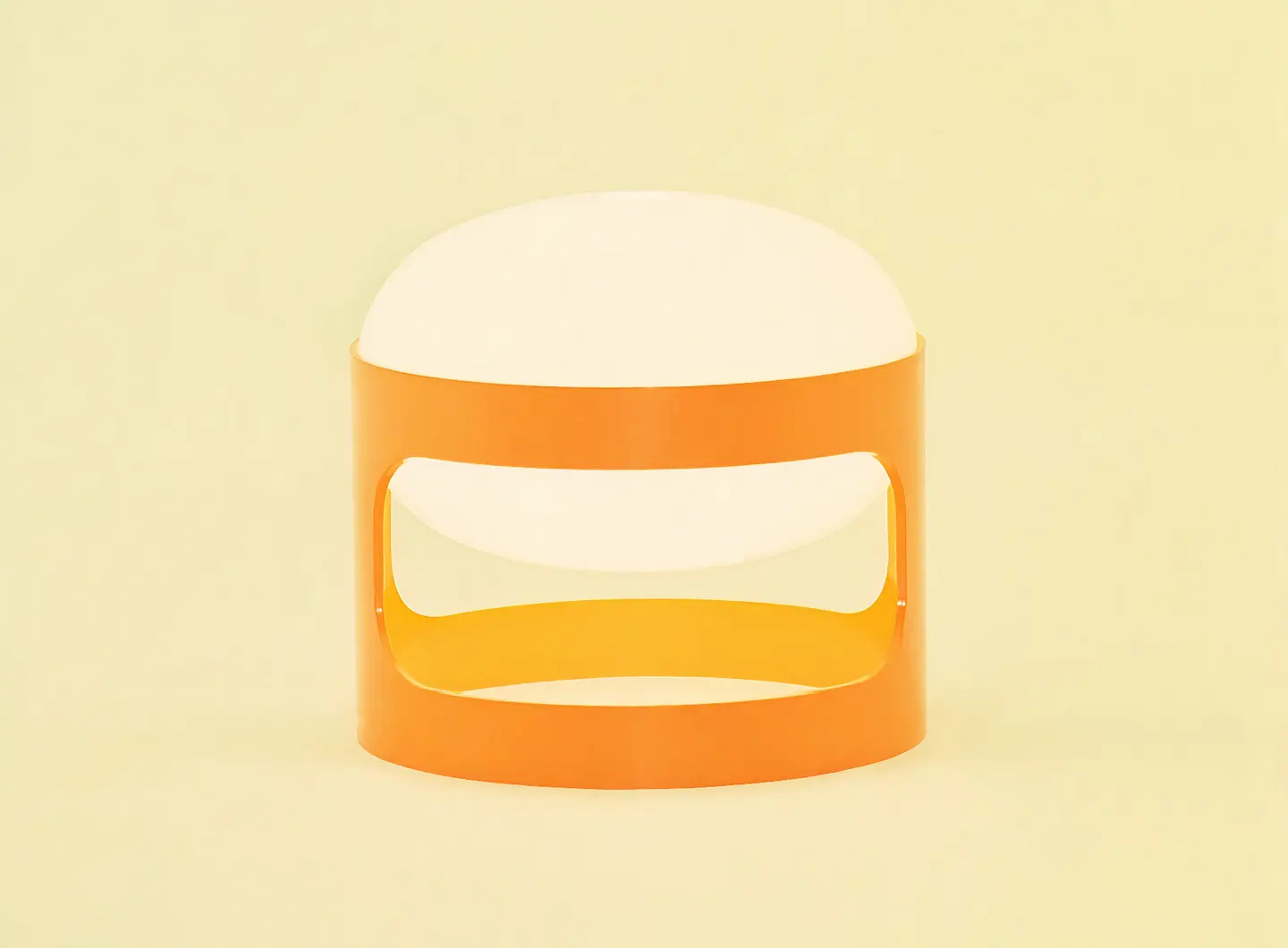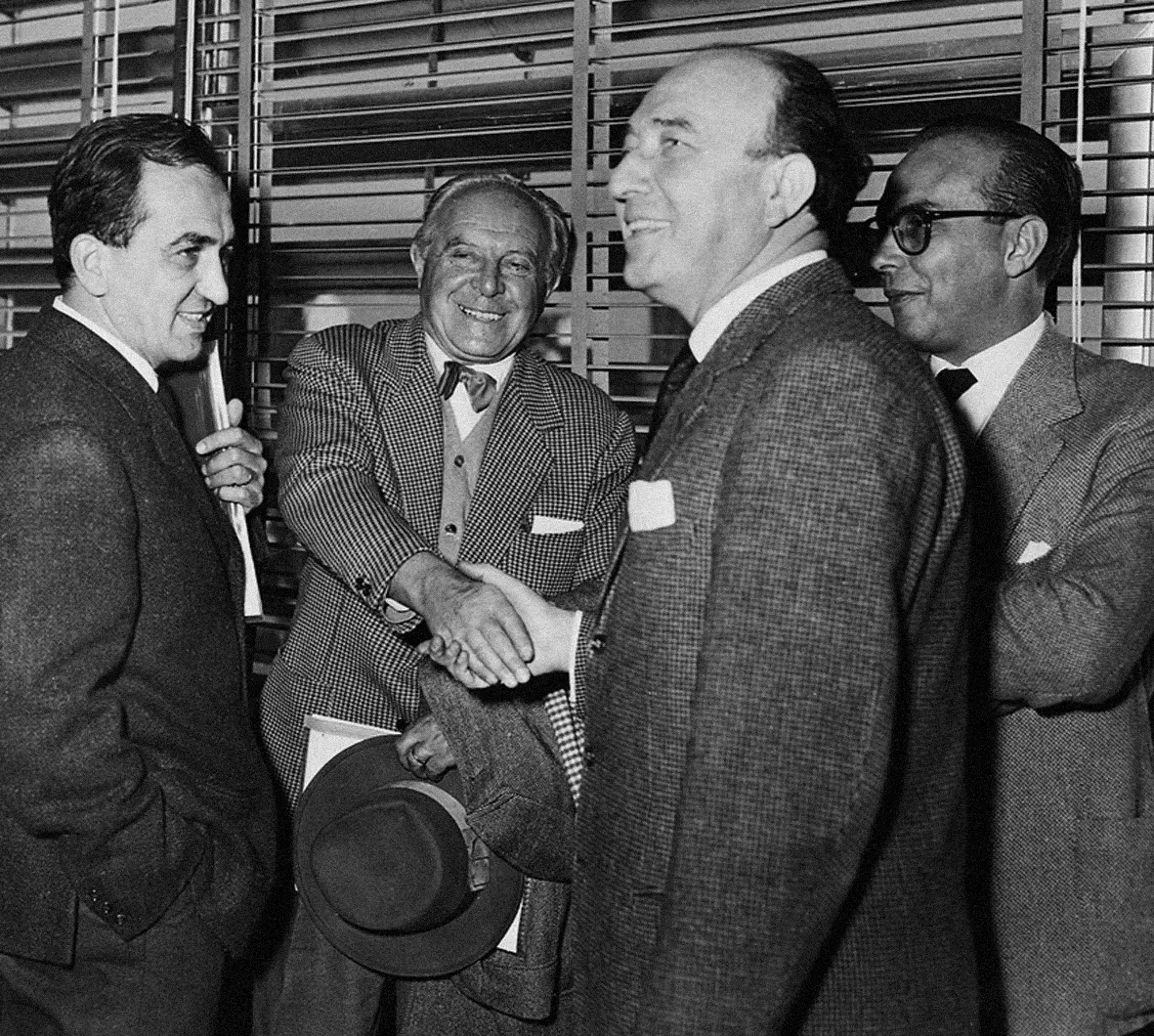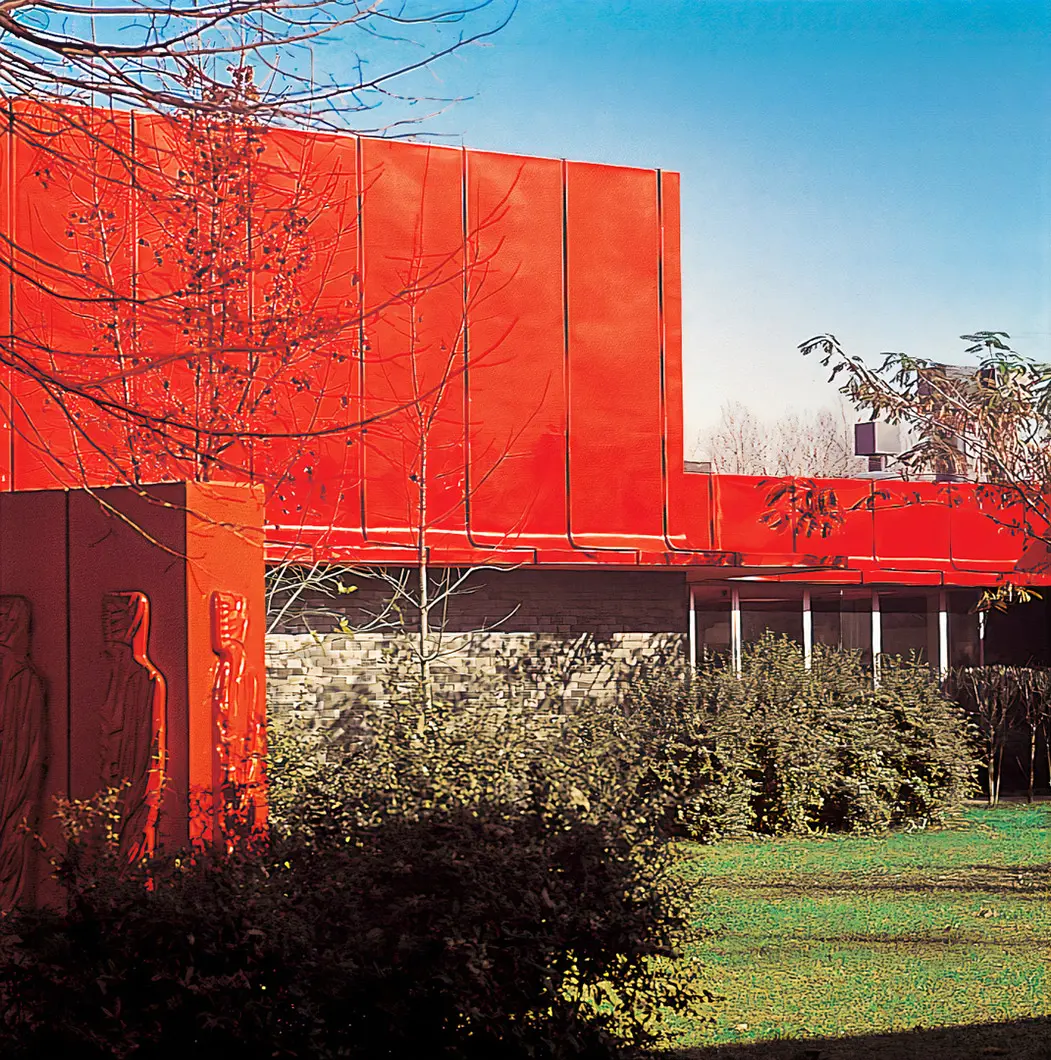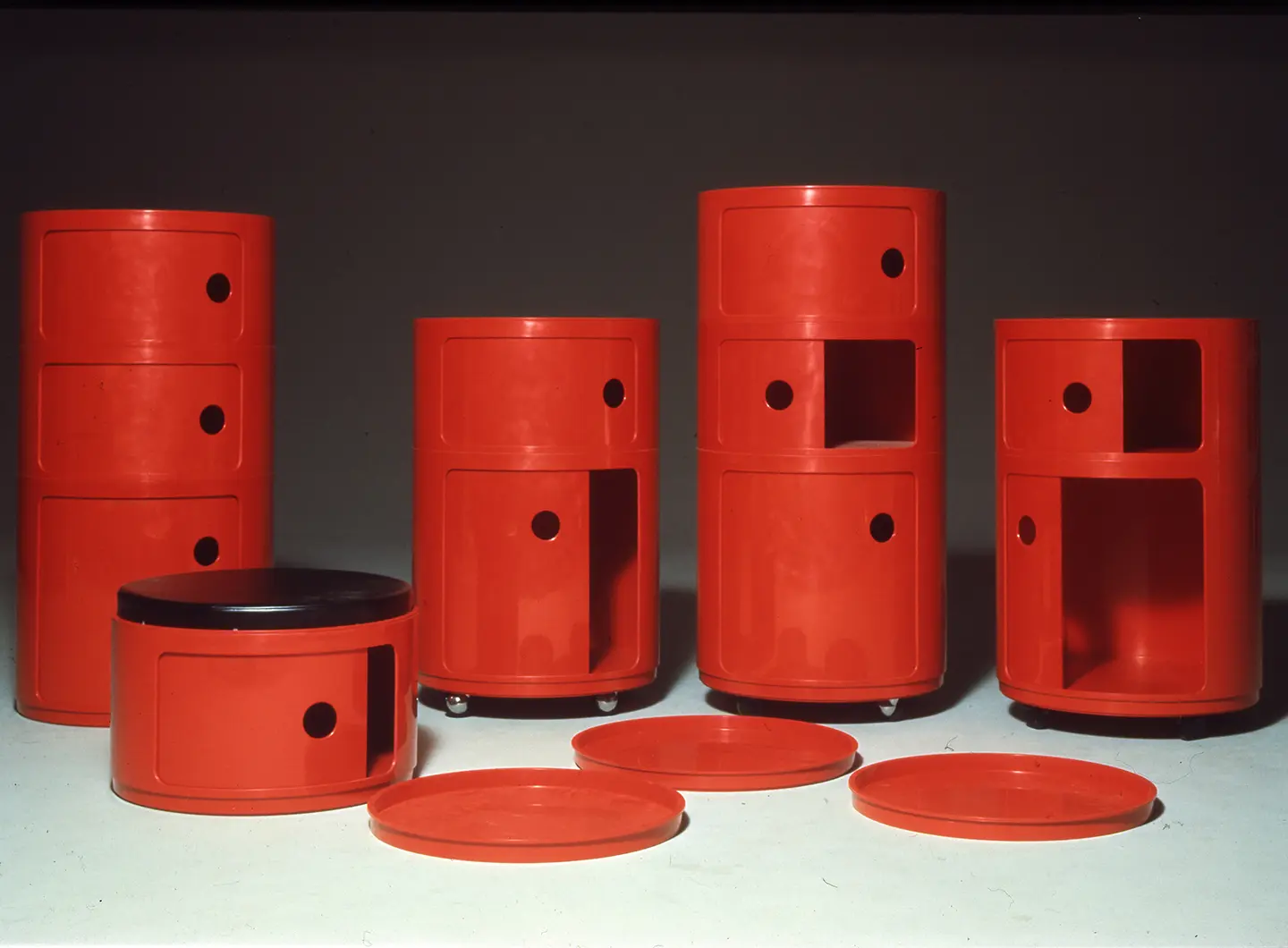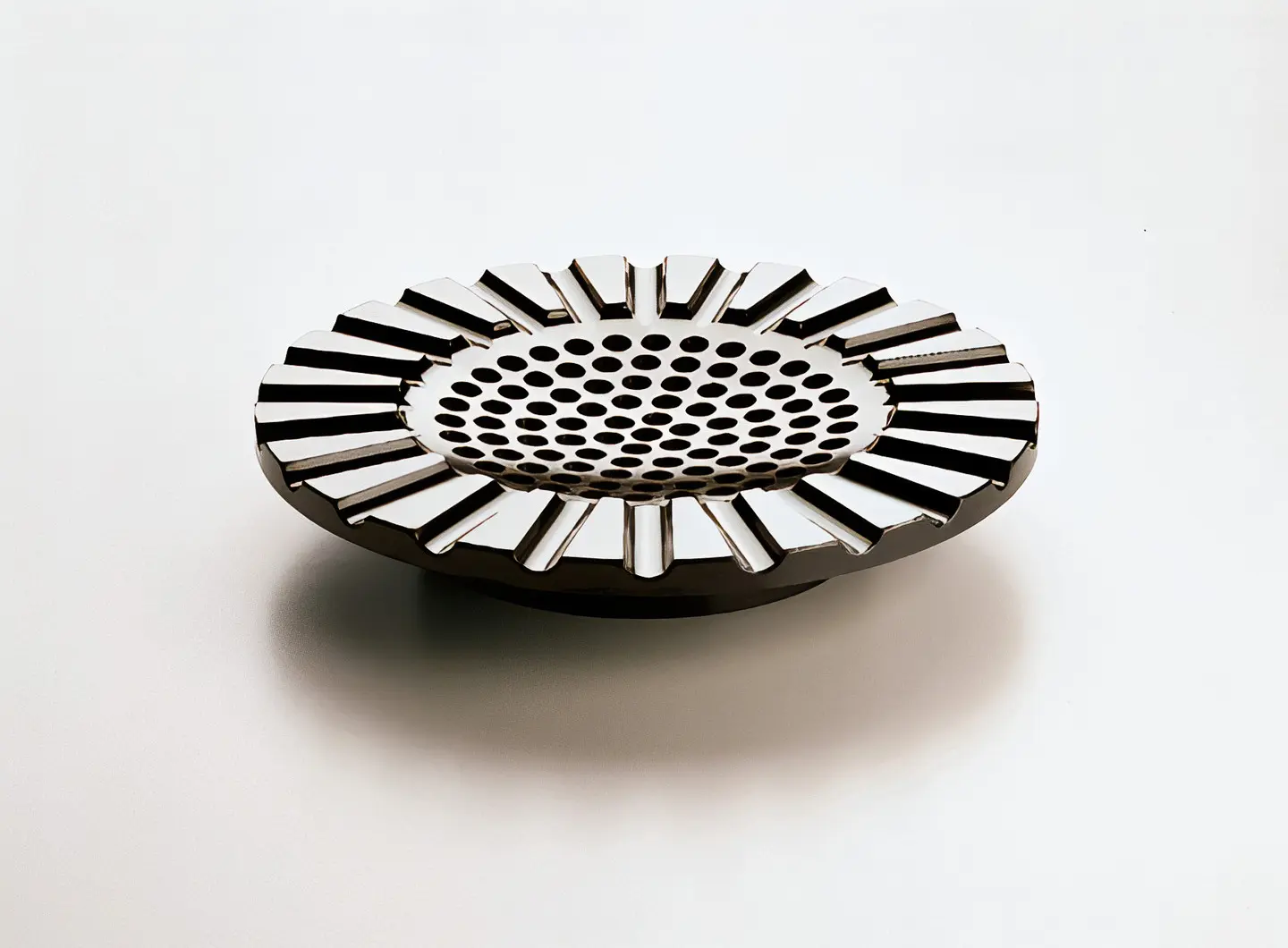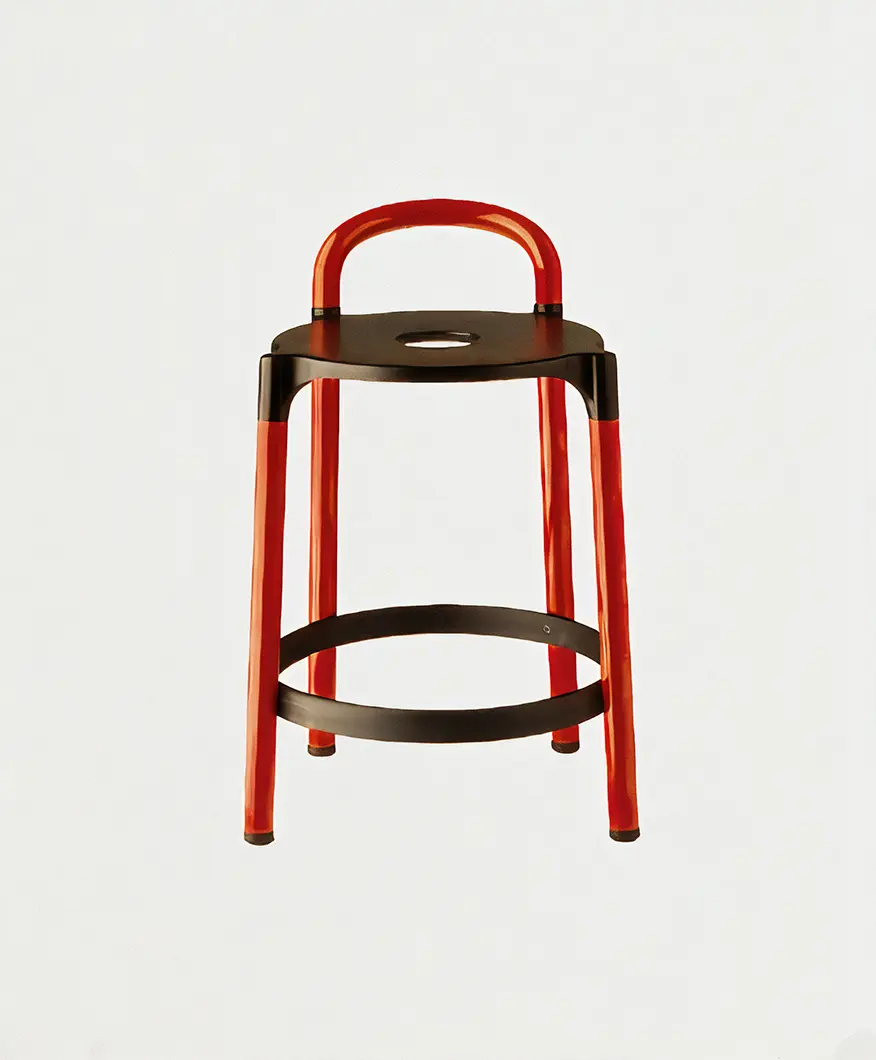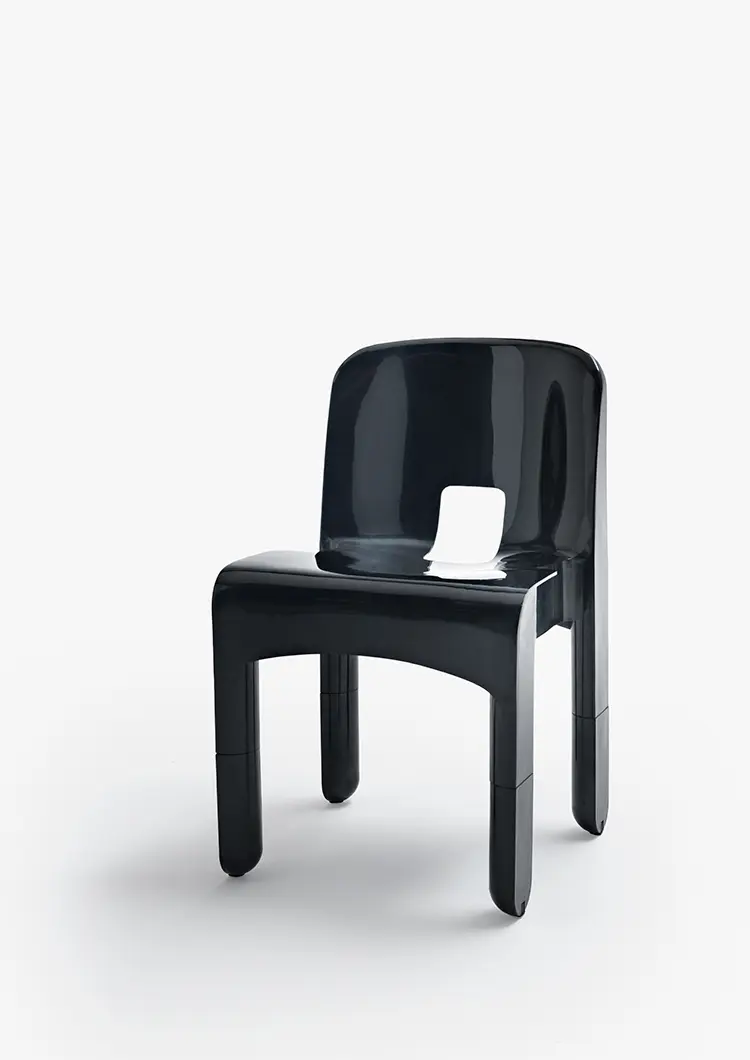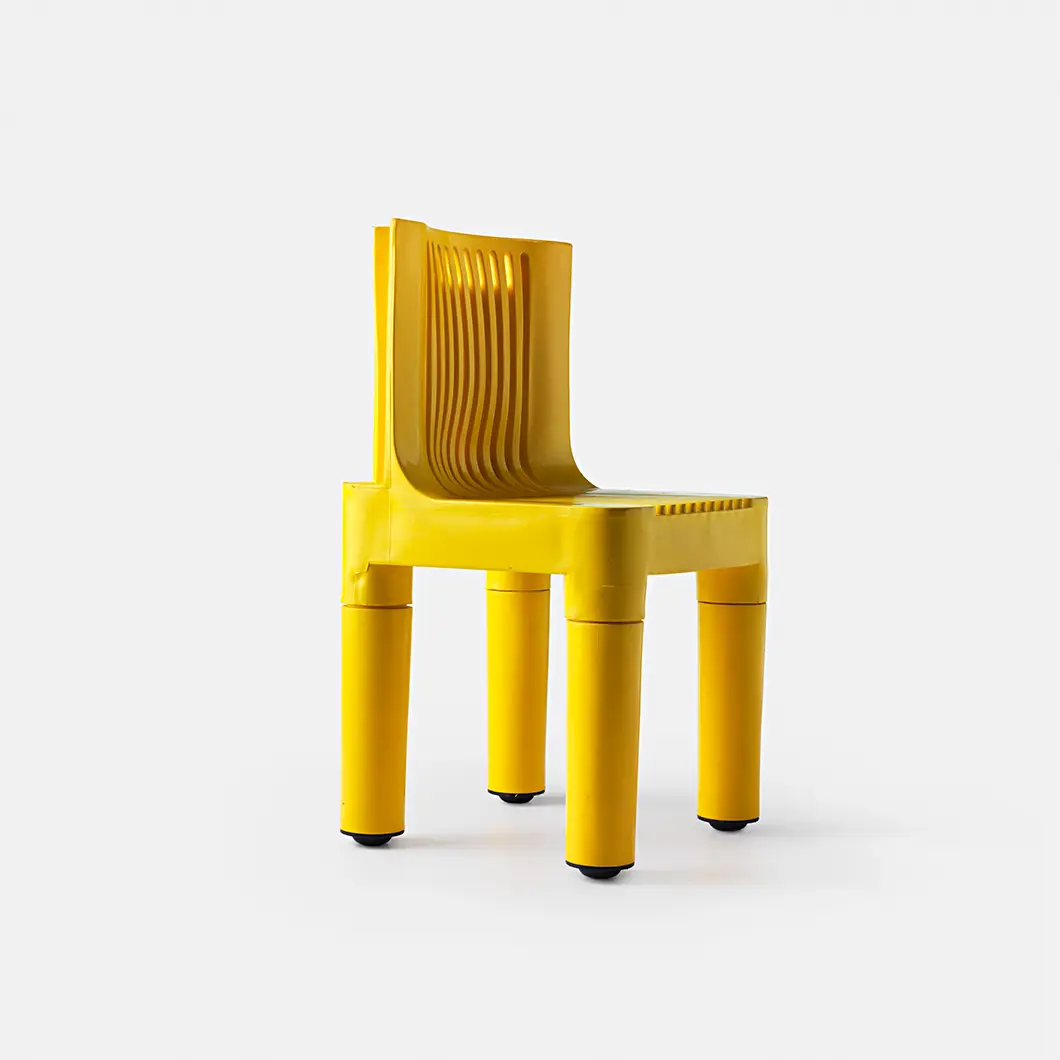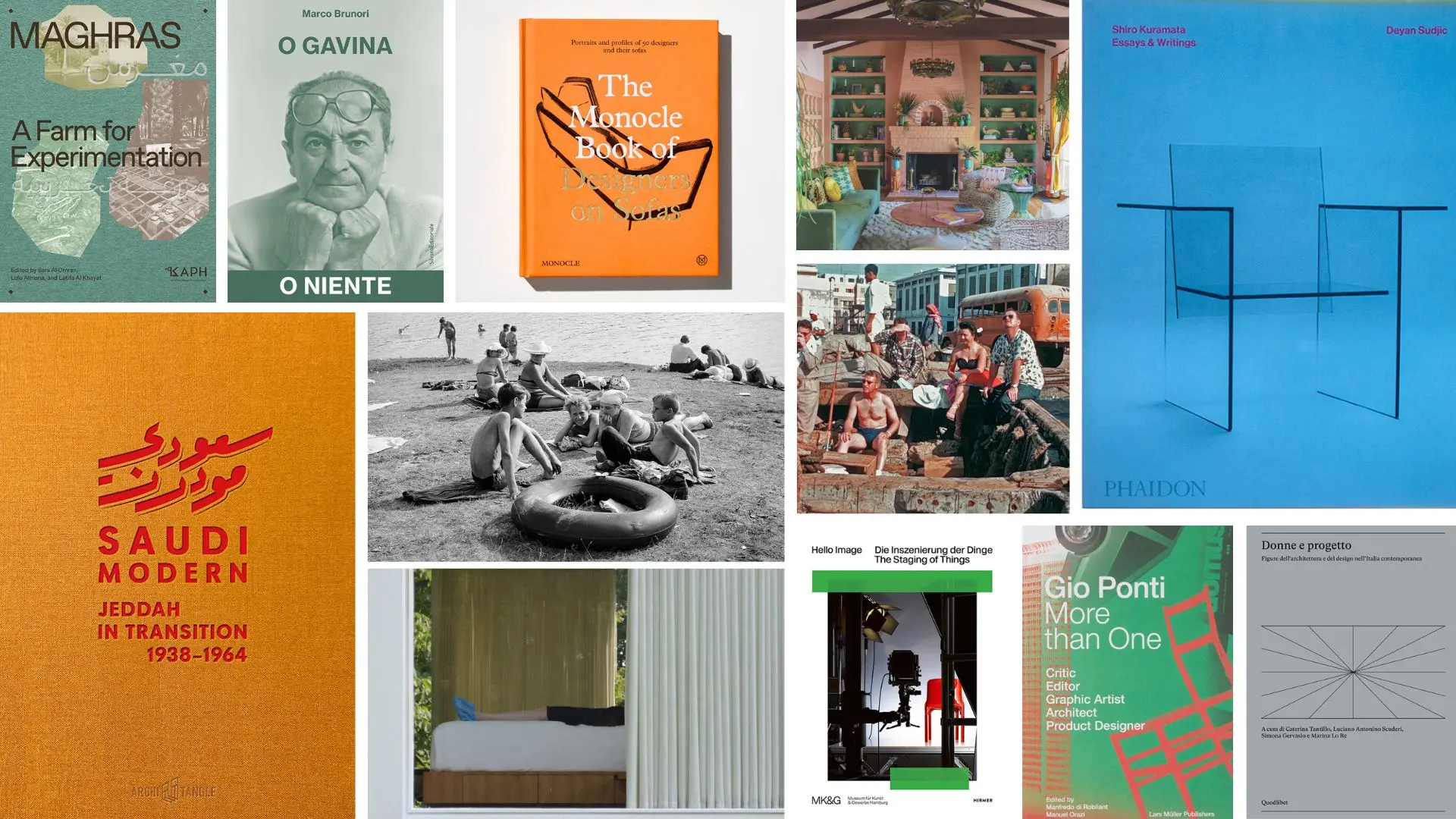From a reflection on humans to matter as meaning: the new Salone communication campaign explores the physical and symbolic origins of design, a visual narration made up of different perspectives, united by a common idea of transformation and genesis
The life and times of Giulio Castelli, a visionary entrepreneur
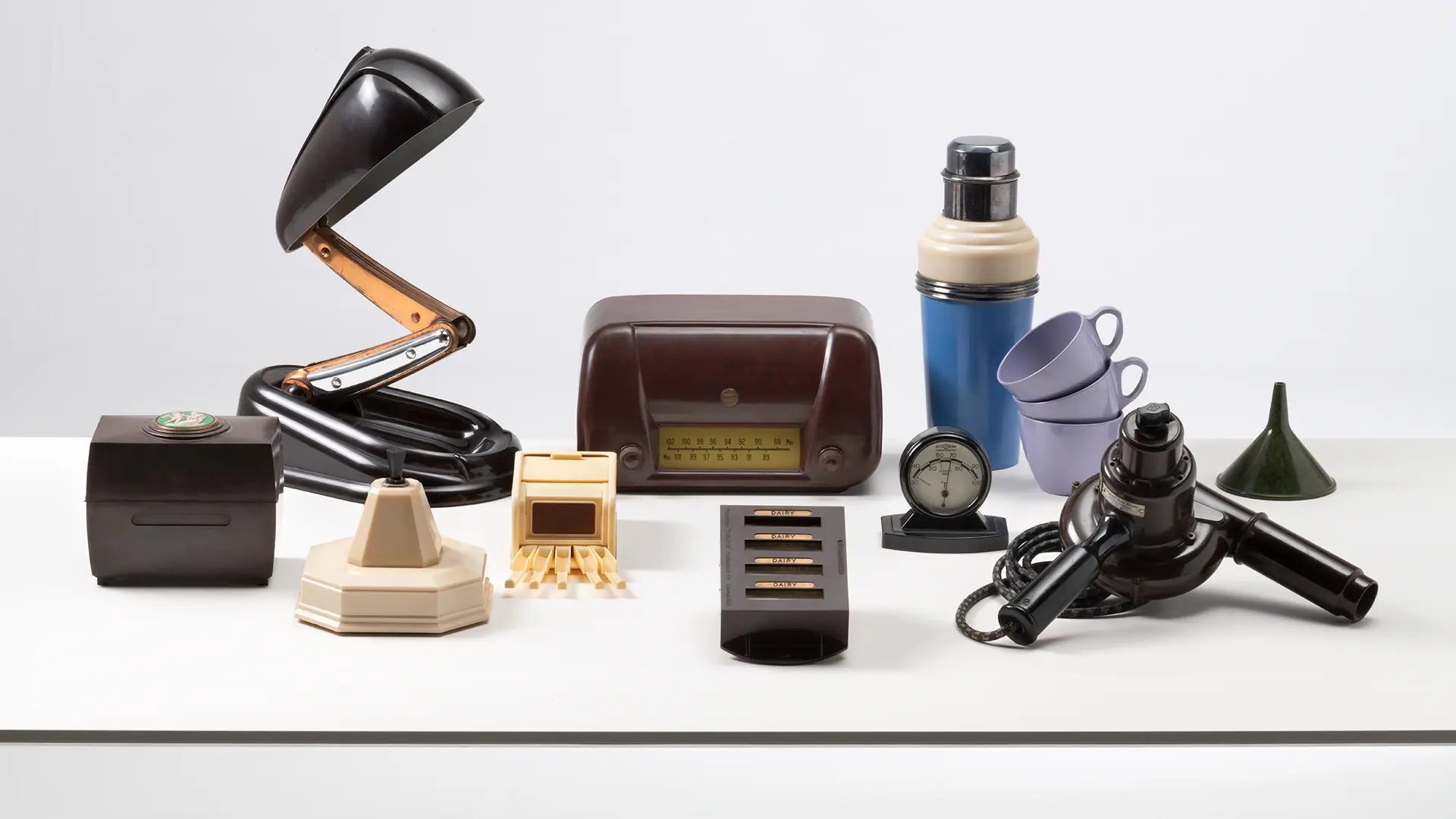
A vision: plastic - Ph. Credit Simona Pesarini
A tribute to a true pioneer of Italian design, a person who used plastic to revolutionise the world of furniture and the home
In 1956, he was one of the nine founders of Associazione per il Design Industriale (Association for Industrial Design - ADI) and its first president. Today, the new museum created by ADI recently inaugurated, only a few months ago, a retrospective entitled Giulio Castelli - The Entrepreneurial Culture of the Design System that will run until October 31st in celebration of the centenary of his birth.
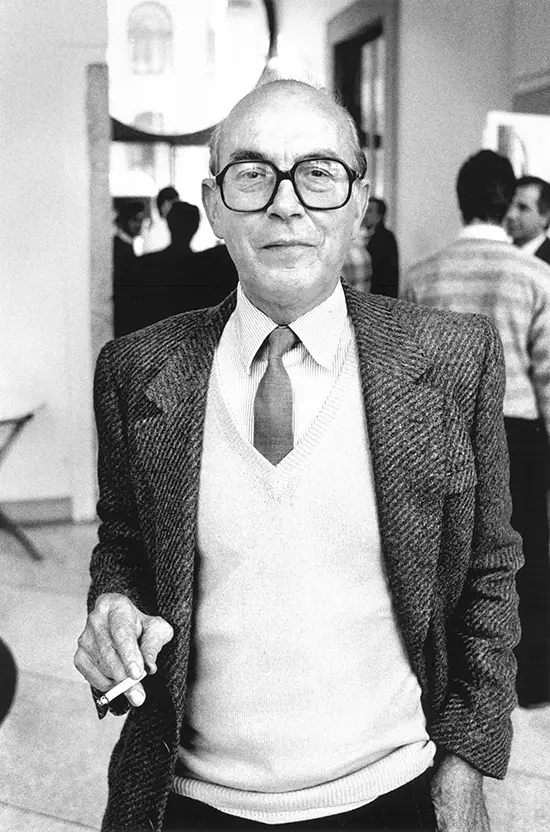
Portrait of Giulio Castelli, Milan, 1983 - Ph. Credit Chris Moyse
Curated by Federica Sala, with the installation design by Carlo Forcolini, the exhibition is a chronological exploration of Giulio Castelli's (1920-2006) career and private life - two ultimately inseparable aspects. Divided into 15 chapters, it is a journey through this enlightened businessman's contribution to the birth of Italian design and the impact he had on what it means to be a designer. Right from the outset of his professional life, he fought to affirm the importance of good design in manufacturing, working with some of the leading architects of his age: Gino Colombini, Achille and Pier Giacomo Castiglioni, Joe Colombo, Marco Zanuso, Gae Aulenti, Richard Sapper, Giotto Stoppino and Ignazio Gardella. He drew heavily on his family's natural affinity for business and culture - his father was an engraver, his uncle, a steel entrepreneur, his grandfather, a professor of design at the Brera Academy of Fine Arts, his aunt, a jewellery maker - and that of his acquired family - his wife, Anna Castelli Ferrieri, was the only woman in his year at the Milan Polytechnic to graduate, his father-in-law founded a literary magazine and club.
Laureatosi in Ingegneria Industriale Chimica al Politecnico di Milano nel 1943 con il Premio Nobel Giulio Natta, nel 1949 fonda la Kartell, azienda che rivoluziona il mondo dell’arredo proponendo oggetti con caratteristiche inedite legate alla ricerca tecnologica e rivolte all’economia del materiale e all’efficienza del processo produttivo. Nascono così i primi arredi in materie plastiche. La plastica era allora sinonimo di futuro e, soprattutto, una sua passione, avendo fin da ragazzo collezionato oggetti in bachelite. “La più grande intuizione di Giulio Castelli” scrive la curatrice “fu quella di non aver mai cercato di far sembrare la plastica qualcos’altro, di averla presentata sempre con tutta la dignità e il rispetto che merita”. Al pari del vetro, del legno, del metallo.
La sua visione imprenditoriale ha sempre difeso, commenta Federica Sala, “l’importanza di una produzione industriale democratica, l’importanza di rispondere a un bisogno della società, di denunciare ogni reazionaria opposizione alla tecnologia e al futuro”. Non a caso il primo prodotto Kartell è il portasci K101 in Nastrocord e gommapiuma, nato per rispondere all’esigenza sua e dei tre amici con cui andava in montagna, di dove mettere gli sci. Il risultato furono i 50.000 i pezzi venduti in un solo anno in Europa.
Pluripremiato, Castelli riceve il Premio speciale per i 50 anni del Compasso d’Oro ADI e l’Ambrogino d’Oro, nel 2004, e, parimente, la sua azienda ottiene il suo primo Compasso d’Oro per il secchio tondo con coperchio in polietilene di Gino Colombini e la seggiolina sovrapponibile per bambini di Marco Zanuso e Richard Sapper, primo oggetto di arredo Kartell nonché prima sedia al mondo in materiale plastico. Nel 1979 l’azienda riceve invece il Compasso d’Oro per “la politica aziendale basata sulla coerenza della progettazione dei suoi prodotti e su una costante ricerca ed immagine evolutiva”.
He graduated in Industrial Chemical Engineering from the Milan Polytechnic in 1943, along with future Nobel Laureate Giulio Natta, before founding Kartell in 1949, a company that would revolutionise the furniture world, offering innovative new items born from technological research and inspired by the concepts of minimising material use and maximising manufacturing efficiency. This was the origin of the first plastic pieces of furniture. At the time, plastic was synonymous with the future and, for him personally, a true passion that started in his youth with his collection of Bakelite items. "Giulio Castelli's greatest idea," writes the curator, "was to never to try to make plastic seem like anything else, to have always presented it with all the dignity and respect it deserved." On a par with glass, wood or metal.
His entrepreneurial vision never ceased to defend, continues Federica Sala, "the importance of democratic industrial production, the importance of meeting a societal need, of standing against any reactionary opposition to technology and the future." It is hardly a coincidence the first product produced by Kartell was the K101 ski carrier, made of a rubberised fabric called nastrocord and foam rubber. He made it precisely because he, and three friends, needed somewhere to put their skis when they went to the mountains. In the end, 50,000 units were sold in a single year across Europe.
Castelli received many awards in his lifetime, including a notable Special 50th Anniversary Compasso d’Oro ADI Award and an award from the City of Milan in 2004. His company won its first Compasso d'Oro Award for Gino Colombini's round bucket with a polyethylene lid and Marco Zanuso and Richard Sapper's stackable children's chair, Kartell's first piece of furniture and the world's first plastic chair. In 1979, his company won a Compasso d’Oro for "the company policy based on the coherence of its product design and its constant desire for research and an advanced image."
His entrepreneurial vision and his talent as a communicator ensured he was a capable counterparty for leading institutions - such as Salone del Mobile - the first industry schools, museums and other business people. He would say, "For some time our work has been moving between two predominant reference elements. If one were to translate these into a slogan, it would probably be 'Innovation and Communication'. As I believe in the role of an industry that offers products people can use in life, these two elements certainly cannot be ignored." A great, long adventure, filled with real, wonderful Castelli plastic.
Giulio Castelli. The Entrepreneurial Culture of the Design System
ADI Design Museum
Until October 31st 2021
Piazza Compasso d’Oro 1 - Milan
https://www.adidesignmuseum.org/
Electa Catalogue


 Salone Selection
Salone Selection
